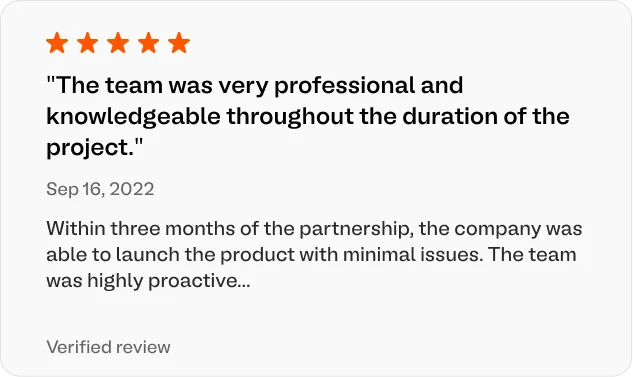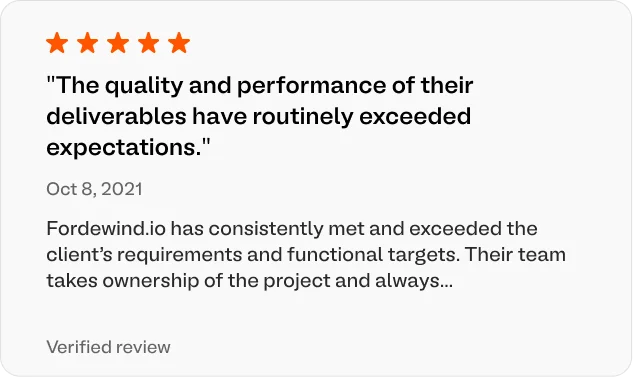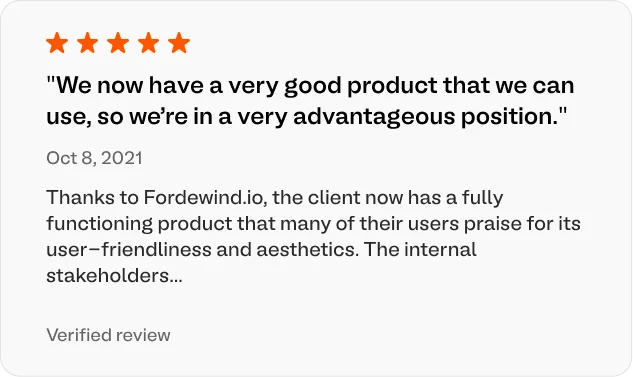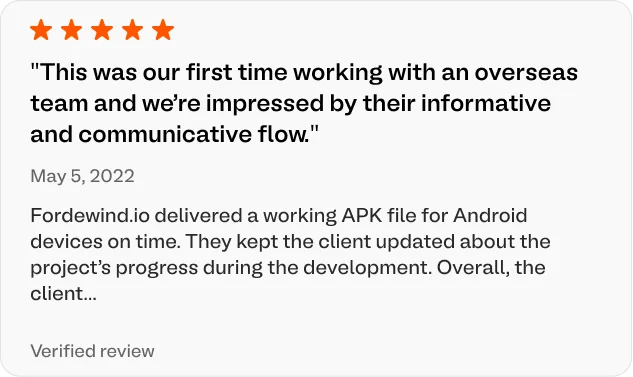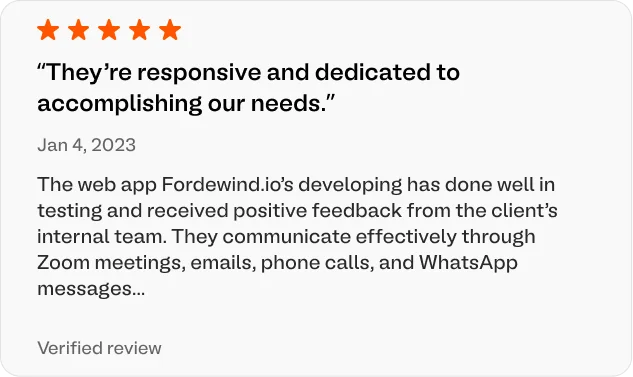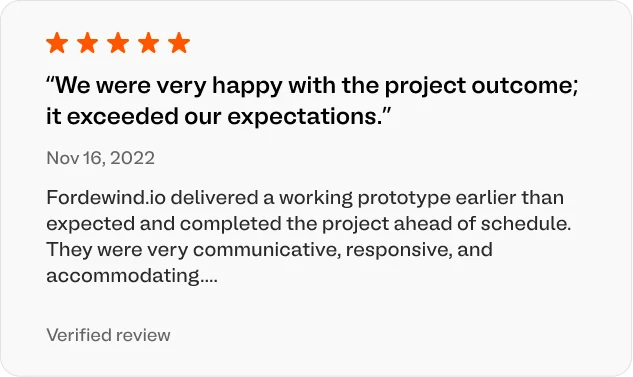✆ + 1-646-235-9076 ⏱ Mon - Fri: 24h/day
Embedded Development
These external service providers, often located domestically or internationally, perform the outsourced work on behalf of the client organization. Outsourcing is employed to achieve various goals, including cost reduction, access to specialized expertise, increased efficiency, and the ability to focus on core business functions
Our Clients
Embedded Development Services


Custom Firmware Development
This service involves creating firmware or software that runs on microcontrollers, microprocessors, or other embedded systems. It includes low-level programming in languages like C and C++ and may require expertise in working with specific hardware platforms.


Hardware Design
Many embedded development service providers also offer hardware design services, which involve designing custom PCBs (Printed Circuit Boards) and selecting the right components for a specific embedded system. Hardware design is often closely integrated with firmware development.


Board Support Package Development
Developing BSPs for specific hardware platforms ensures that the firmware can interface with the underlying hardware effectively. This involves configuring drivers, peripherals, and libraries for the target platform.


Wireless Communication
Many IoT and embedded systems rely on wireless communication technologies. Service providers may specialize in implementing Wi-Fi, Bluetooth, Zigbee, LoRa, cellular, or other wireless communication solutions.


Testing and Quality Assurance
Comprehensive testing services, including unit testing, integration testing, and system testing, are essential to ensure the reliability and stability of embedded systems. Service providers may also conduct performance testing and security assessments.


RTOS Development
In applications requiring real-time response and deterministic behavior, developers may create or adapt real-time operating systems to run on embedded devices.
Key components and considerations


Mobile App
Development
The process involves creating software applications for
smartphones and tablets, offering a wide range of
functionalities to cater to diverse user needs.


Outsourcing
A business practice in which an organization contracts out certain tasks, processes, or functions to external service providers or companies.


Cloud Development
The process of building and managing software in cloud-based environments, enabling efficient, scalable, and cost-effective application development and deployment.


Outstaffing
A business practice that involves hiring external professionals
or a third-party company to provide specific services.
FAQ
The project timeline depends on factors like project complexity, requirements, and resources. Some projects can be completed in a few weeks, while others may take several months or more.
Embedded development services are used in various industries, including healthcare, automotive, smart home, industrial automation, agriculture, and more.
The process typically begins with a consultation to understand your project’s requirements and goals. Then, the development team creates a customized plan and proceeds with hardware and software design, development, testing, and deployment.
Many embedded development service providers offer ongoing support and maintenance to ensure that your embedded systems continue to operate smoothly and receive updates and improvements as needed.
Contact Us
New York
348 W. 57th St., New York, NY 10019
+16462359076
contact@fordewind.io
Vancouver, Canada
W Georgia St, Vancouver, Canada
+16047649232
contact@fordewind.io
Warsaw, Poland
Plac Europejski 4, Warsaw, Poland
+48452478282
contact@fordewind.io
Tallinn, Estonia
Kesklinna linnaosa, Kaupmehe, 10114, Estonia
contact@fordewind.io
Kyiv, Ukraine
19 Koval’s’kyi Lane, Kyiv, Ukraine
+380967764322
contact@fordewind.io















